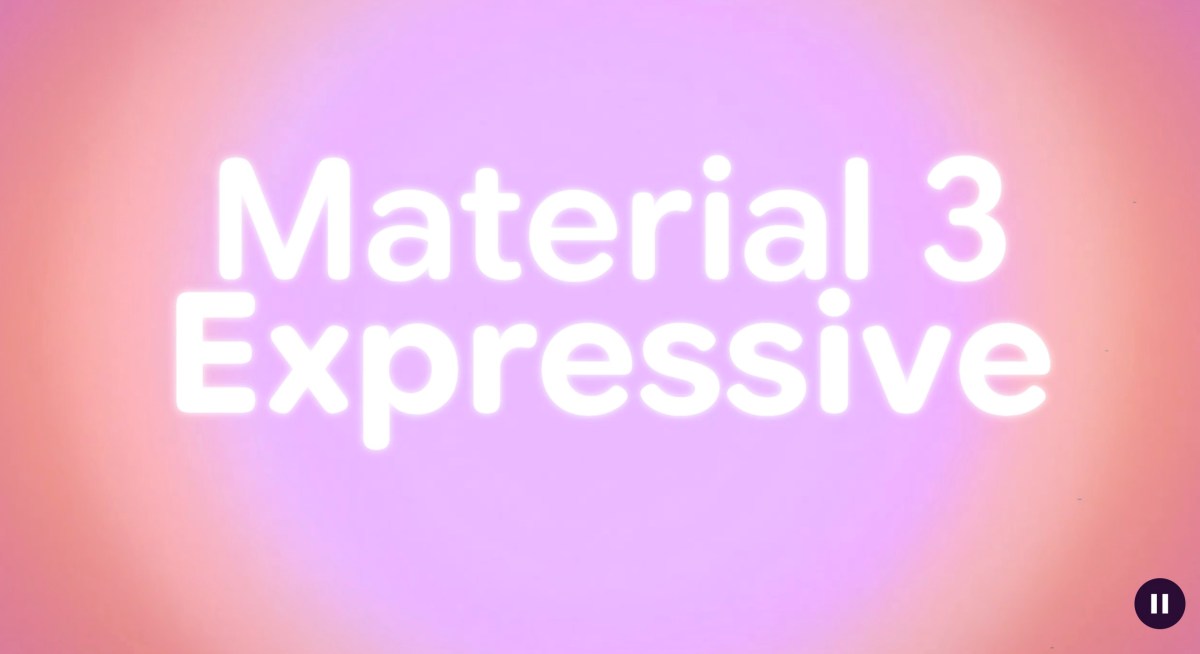At its upcoming Google I/O developer conference, Google is set to unveil a new iteration of its Android design language, as indicated by an event schedule posted on its website and a prematurely published Google blog post. The title of the I/O session suggests that significant changes are in store for Android’s design system, which will evolve from “Material 3” to “Material Design 3 Expressive.” According to the leaked blog post, Google’s updated design will focus on creating interfaces that resonate with users on an emotional level.
Updates to the design system have a ripple effect on how app developers build and customize their experiences for users, ultimately influencing the overall feel of using an Android device.
Although details about the implementation of Material 3 Expressive are still scarce, the blog post provided some general insights, such as the new system’s emphasis on “bold use of shape and color — creating delightful user experiences.”
First introduced in 2014, Material Design is Google’s open-source design system that provides guidelines for creating user interfaces for Android applications, covering aspects like visual, motion, and interaction design. The system’s most significant update was revealed in May 2021 as “Material You” (also known as Material 3), offering an adaptive interface that allowed users to personalize the Android interface in new ways. For instance, updating the Android wallpaper would also update the entire Android experience to match its color scheme.
Material 3 Expressive may not be a complete overhaul, but rather an iteration on the Material You language.

The leaked blog post delved deeper into the research and reasoning behind the update, highlighting how users tend to prefer a more expressive design that improves usability. This type of design draws attention to key elements and important user actions, resulting in “significant gains in performance,” according to Google.
Notably, the company pointed out that this type of design also makes using apps easier for older adults, effectively leveling the playing field for users of all ages.
Techcrunch event
Berkeley, CA|June 5
However, Google noted that expressive design isn’t a one-size-fits-all solution, and app makers will still need to respect other established design patterns and standards when customizing their app’s interface.
 Source Link
Source Link




